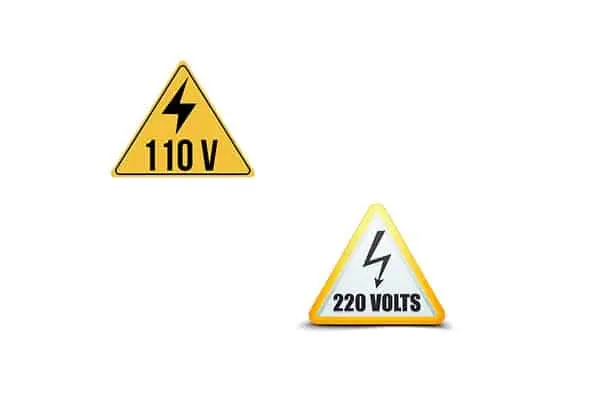Understanding the difference between 110-volt and 220-volt electrical systems is essential for safe and efficient use of power in homes, businesses, and industries. These two voltage standards are commonly used worldwide, each serving specific purposes. Here’s an in-depth look at their differences and applications.
Voltage Basics
Voltage refers to the electrical potential that drives current through a circuit. In simple terms, it is the “force” that powers devices. The main difference between 110 volts and 220 volts lies in the amount of electrical energy delivered:
- 110 volts delivers lower energy and is commonly used for small appliances and household devices.
- 220 volts delivers higher energy, ideal for powering large, energy-intensive equipment.
The choice of voltage depends on regional standards, device requirements, and energy needs. In the United States, 110 volts is the standard for household outlets, while 220 volts is used for heavy-duty appliances. Many other countries, however, use 220 volts as their standard voltage.
Key Differences Between 110V and 220V
- Power Output
- A 220-volt system provides twice the power of a 110-volt system.
- This means appliances designed for 220 volts are more energy-efficient for heavy loads, as they require less current to operate.
- Safety
- 110 volts is considered safer for household use due to the lower risk of severe electrical shock.
- 220 volts, while more efficient for high-power devices, carries a higher risk of shock and requires more safety precautions.
- Electrical Wiring
- 110 volts typically requires less insulation and thinner wiring, making it simpler and cheaper for installation.
- 220 volts requires thicker wiring and more robust insulation to handle higher currents, increasing installation costs.
Uses of 110V and 220V
- 110V Applications:
110 volts is commonly used for low-power household appliances, such as:- Lamps and lighting fixtures.
- Televisions, laptops, and small kitchen appliances like blenders.
- Power tools like drills and saws (light-duty).
- 220V Applications:
220 volts is ideal for high-power appliances and industrial applications, such as:- Air conditioners, dryers, and refrigerators.
- Electric ovens and water heaters.
- Industrial machinery and large power tools.
Choosing the Right Voltage
The choice between 110V and 220V depends on the region, the type of appliances, and the energy demands of your home or workspace. In countries with dual-voltage systems, it’s essential to check the device label and ensure compatibility with the power source.
Conclusion
Understanding the differences and uses of 110 volts and 220 volts helps ensure the safe and efficient operation of electrical systems. While 110V is suitable for standard household devices, 220V is better suited for heavy-duty appliances and industrial needs. Always consult a professional electrician when installing or modifying electrical systems to match your specific requirements.

